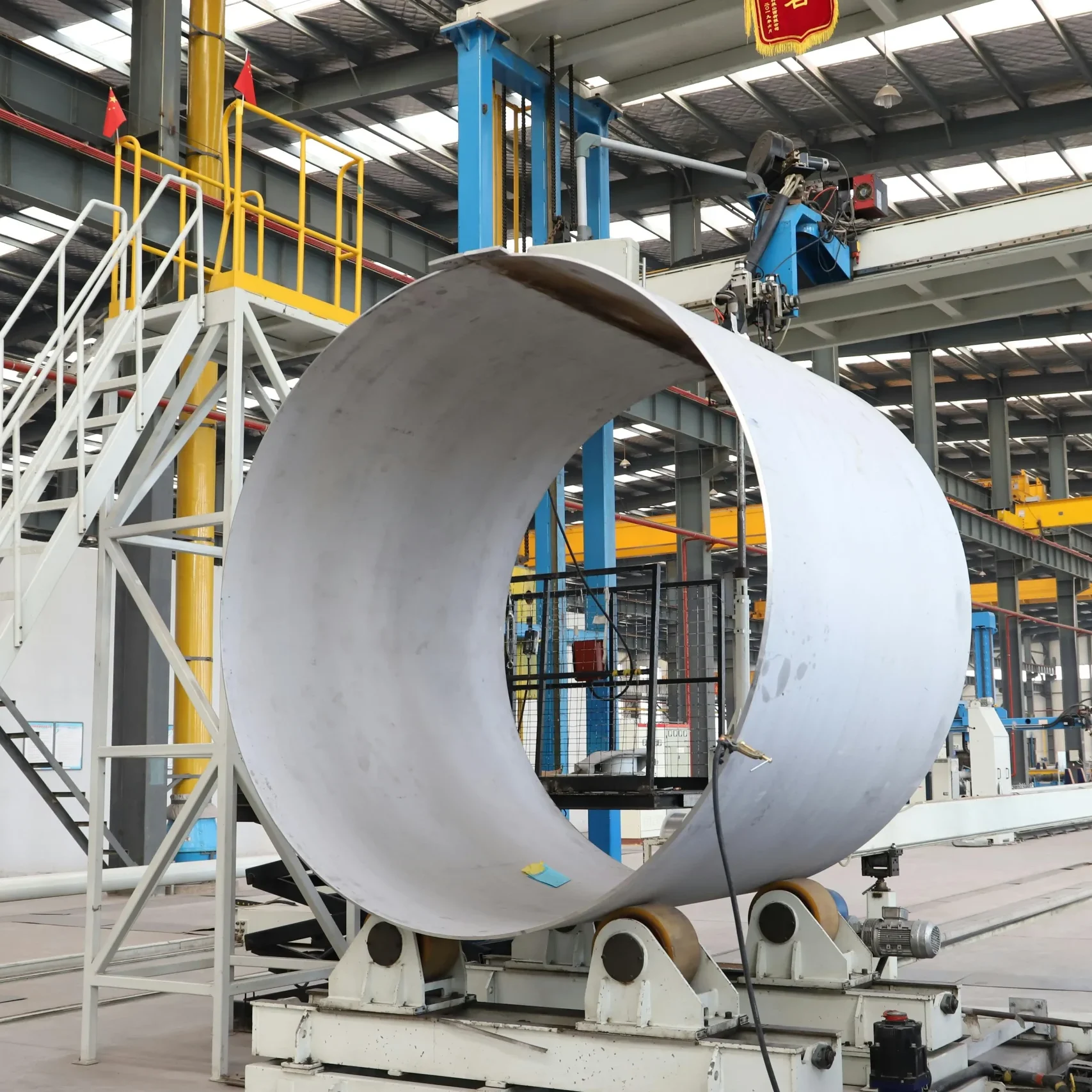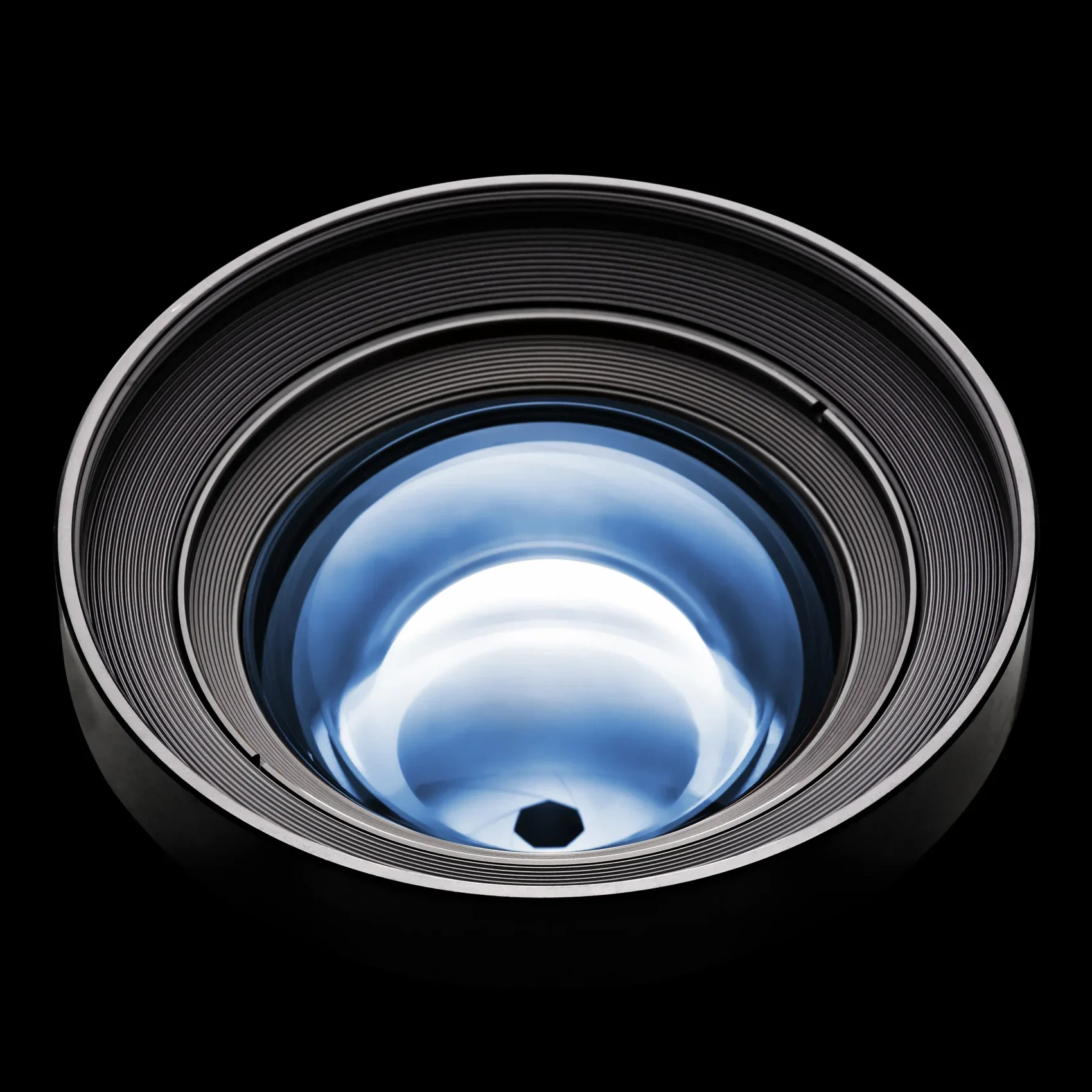Industrial CoaXPress cameras have revolutionized machine vision applications by providing unparalleled speed, reliability, and image quality. In industries where precision and efficiency are paramount, these cameras meet the rigorous demands of modern production environments. This article explores the requirements of industrial CoaXPress cameras, delves into why CoaXPress is the preferred interface standard, and highlights key features that set these cameras apart, with examples from KAYA Vision’ Iron series.
Understanding the Requirements of Industrial CoaXPress Cameras
In industrial settings, cameras are not just devices for capturing images; they are critical components that ensure quality control, precision measurement, and automated inspection. The requirements for these cameras are stringent:
Firstly, they must handle high-speed data transmission without compromising image integrity. Production lines move rapidly, and cameras need to keep pace, capturing detailed images at high frame rates. Secondly, they require exceptional image quality, even under challenging lighting conditions. This includes high resolution and sensitivity to detect minute defects or variations. Thirdly, durability is non-negotiable. Cameras must withstand harsh industrial environments, including extreme temperatures, vibrations, dust, and moisture. Lastly, ease of integration and flexibility are essential. Cameras should offer extended connectivity options and be compatible with existing systems to reduce downtime and facilitate scalability.
Why CoaXPress Is the Leading Choice for Industrial Applications
CoaXPress (CXP) has emerged as the premier interface standard for high-speed imaging in industrial applications. Its superiority lies in its combination of high data rates, long cable lengths, and reliable data transmission. CoaXPress supports data rates up to 12.5 Gbps per channel in its latest 2.0 standard, with the ability to use multiple channels for even greater bandwidth. This means that large volumes of image data can be transmitted quickly and efficiently, essential for real-time processing and analysis.
One of the standout features of CoaXPress is its use of standard 75-ohm coaxial cables, which allow for cable lengths of up to 100 meters without signal degradation. This flexibility is invaluable in large industrial facilities where equipment may be spread out over considerable distances. Additionally, CoaXPress supports power over the same coaxial cable, delivering up to 13W per cable, simplifying installation by reducing the need for separate power supplies.
The low latency and precise synchronization capabilities of CoaXPress are crucial for applications requiring exact timing, such as high-speed inspections or synchronized multi-camera setups. The standard’s compliance with the GenICam protocol ensures interoperability and ease of integration with various hardware and software platforms.
Key Features of Industrial CoaXPress Cameras
Durability and Robustness for Harsh Environments
Industrial CoaXPress cameras are engineered to operate reliably in extreme conditions. They feature rugged housings that protect sensitive internal components from dust, moisture, and mechanical shocks. For example, KAYA Vision’ Iron series cameras offer an optional IP67-rated protective lens tube, providing a high level of ingress protection. This makes them suitable for use in environments with heavy dust or where equipment might be exposed to water jets or sprays.
These cameras are designed to function across a wide temperature range. The industrial models of the Iron series operate from -40°C to +70°C (-40°F to +158°F), ensuring consistent performance in both freezing cold and sweltering heat. They are also tested according to MIL-STD-810G Method 516.6 for operational shock, withstanding shocks up to 75G. This level of durability ensures minimal downtime and maintenance, which is critical in continuous production environments.
Extended Cable Lengths and Reliable Connectivity
The ability to transmit data over long distances without loss of quality is a significant advantage of CoaXPress cameras. Using high-quality coaxial cables like RG11 or RG6, data can be transmitted over lengths exceeding 100 meters. This is particularly beneficial in large manufacturing facilities or when the camera needs to be positioned far from the processing unit due to space constraints or safety considerations.
For instance, the Iron 2505 camera utilizes four CoaXPress channels at 12.5 Gbps each, enabling high-speed data transmission over extended distances. This ensures that high-resolution images captured at fast frame rates are transmitted promptly for processing, which is essential for real-time monitoring and control.
Lightweight and Compact Design
Space optimization is crucial in industrial settings where equipment density is high. Industrial CoaXPress cameras are designed to be compact and lightweight without sacrificing performance. The Iron series cameras weigh approximately 100 – 500 grams without the lens or mount, making them easy to install on robotic arms or in tight spaces on production lines.
Their compact size, coupled with an M72 lens mount and active sensor alignment, allows for flexibility in choosing optics that best suit the application. This adaptability ensures that the cameras can be tailored to specific requirements, whether for close-up inspections or wide-area surveillance.
High-Performance Sensors and Image Quality
At the heart of any camera is its sensor, and industrial CoaXPress cameras are equipped with advanced CMOS sensors that deliver exceptional image quality. These sensors feature global shutter technology, which captures the entire frame simultaneously, eliminating distortions caused by moving objects—a critical feature for high-speed industrial processes.
For example, the Iron 0505 camera from KAYA Vision is equipped with the Gpixel GMAX0505 sensor. It offers a resolution of 5120 x 5120 pixels with a pixel size of 2.5 µm, and it achieves frame rates of up to 150 frames per second. This combination of high resolution and fast frame rate makes it ideal for detailed inspections and high-speed applications.
Another model, the Iron 661, utilizes the Sony Pregius IMX661 sensor, providing a resolution of 13400 x 9528 pixels with a pixel size of 3.45 µm. It delivers frame rates up to 21.5 frames per second, suitable for applications requiring ultra-high resolution, such as semiconductor wafer inspection or aerial imaging.
Advanced Synchronization and Control
Precision timing and synchronization are essential in industrial imaging applications. CoaXPress cameras support real-time triggering and synchronization with external devices, allowing for coordinated control in complex systems. This is facilitated through the low-speed uplink channel provided by the CoaXPress standard, which enables camera control and firmware updates without interrupting data flow.
The Iron series cameras support advanced triggering features, allowing synchronization on a frame-by-frame basis. This is particularly useful in multi-camera setups or when integrating the camera with other equipment like conveyor belts, robotic arms, or inspection systems.
Compliance with Industry Standards and Certifications
Industrial CoaXPress cameras must adhere to stringent industry standards to ensure safety, reliability, and environmental compliance. The Iron series cameras from KAYA Vision meet the European Council EMC Directive 2004/108/EC and the United States FCC rule 47 CFR 15 for electromagnetic compatibility. They are certified under EN 55022:2010 Class B for emissions and EN 55024:2010 Class B for immunity.
Additionally, these cameras comply with environmental directives such as RoHS 2011/65/EU, REACH Regulation No 1907/2006, and WEEE guidelines. The printed circuit boards are compliant with UL 94 V-0 flammability ratings, reflecting a commitment to safety and environmental responsibility. This compliance ensures that the cameras can be used globally, meeting the regulatory requirements of different countries and industries.
Examples of Industrial Applications
Industrial CoaXPress cameras are utilized across various sectors due to their versatility and performance. In the automotive industry, they are used for inspecting parts and assemblies at high speeds to detect defects early in the production process. In electronics manufacturing, they enable precise inspection of printed circuit boards, identifying soldering issues or component misplacements.
In the pharmaceutical industry, these cameras ensure the integrity of packaging by verifying labels, seals, and fill levels. The high resolution and speed of cameras like the Iron 4521, which offers 5120 x 4096 pixels at 272 frames per second, are ideal for such applications where both detail and speed are critical.
In the field of robotics, the lightweight and compact design of CoaXPress cameras allows them to be mounted on robotic arms for tasks like pick-and-place operations, where they guide the robot in real-time. Their durability ensures they can withstand the accelerations and movements inherent in robotic applications.
As a leading innovator in imaging technology, KAYA Vision provides Industrial CoaXPress Cameras that meet the highest standards of performance and reliability, empowering industries to achieve greater efficiency and precision.








